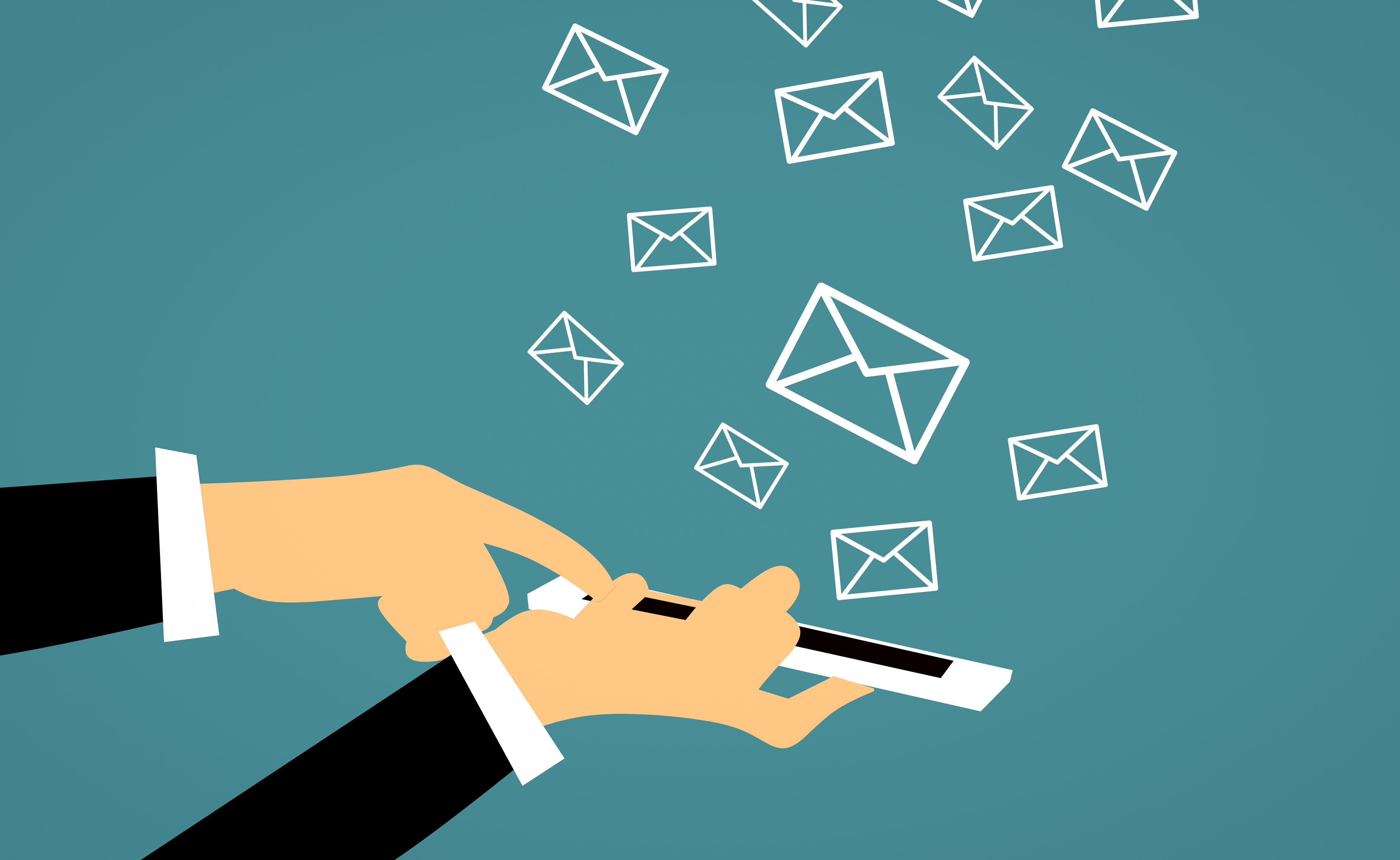
You can use analytics to improve your business by attracting new customers, improving your website experience, learning more about your customers, and more. You can study your analytics at Bookmark to improve your website and business.
Definition of Website Analytics?
Simply put, website analytics collects data from your website. Everything from how many visitors you have to where they come from and what content they like.
Here are the 5 most common analytic tools to help you grow your business:
1. Website traffic
This is how many people visit your website. It’s vital to know, especially when calculating your website’s lifespan. The visitor’s country, language, and more!
Say you have a website for a year and only 75 people visit it. That’s low, but what if you only stay up for 3 weeks and get 75 visitors?
That’s a good chunk. Website traffic refers to the number of people visiting a website over time. Ideally, you want more visitors as your website ages.
2. Traffic sources
Don’t get confused, we’re still talking about movement, but not your opinion. First-time visitors usually find your website via links rather than typing in the full URL. Those links are your traffic sources, and they fall into four categories:
- External links
- Web crawlers
- Social media links
- Email campaign visits
3. Bounce Rate
In short, a bounce occurs when a visitor leaves your site without visiting any other pages/links/CTAs. What causes it to ‘bounce’? The overall traffic percentage can be calculated.
Among the reasons for high bounce rates are:
- Slow loading
- Awful web design
- Clumsy navigation
Of course, this depends on your website’s content. However, many websites face a 20-70 percent failure rate. Anything over 30% is cause for concern.
4. Device type
We’ve seen how far technology has advanced in just 25 years. Your phone, iPad, or other device can now open any URL!
With analytics, you can see what percentage of users come from desktop or mobile browsers. Currently, mobile devices load 51.3% of web pages.
5. Visitor Type
To progress, you need to keep retaining your visitors and returning to your websites. This group of people/customers/visitors is your core audience! These are the ones you should keep an eye on to not only increase the number but also build a relationship with.
Your core audience is dependent on your site and what you offer, but you should expect a 30% return rate. Anything less could mean your site isn’t as engaging as you’d like.
Benefit of Web Analytics on Your Business
To advance, you will need to analyze analytics effectively. This can mean the difference between a highly trafficked, high-converting website and one that is stuck in a rut. Here are a few key points that we believe will forever change your analytics!
1. Know your target market
Don’t let a few nice reviews fool you into thinking that’s all there is.
Web analytics can help you create and find the right target audiences.
Your target market gives you more information than you need! Here’s what your niche expects from your site.
Finding your target audience will help you create marketing materials that delight your clients. The right marketing campaigns to the right people will increase conversions and elevate your website.
2. Leverage where your target audience is from
We must apply the Pareto Principle. For those unfamiliar, it is the 80/20 rule! So 80% of consequences come from 20% of causes.
So what does that mean for web analytics? It’s too simple: identify your top traffic sources and maximize their potential. You want to use this data to make sure your website is serving their interests!
You can find visitor behavior by leveraging your audience’s origin. The length of time spent on the site or specific pages can be assessed.
It shows you which links were clicked and other actions taken by the visitor. Here’s why we need to use Bounce Rate! Bounce rates indicate disinterest in the page’s content or destination.
3. Set goals and landmarks
Setting goals and milestones is vital to your business. We’ve said it before, but those of you in the back-stay focused on your goals! In retrospect, a goal is you setting the bar for your site.
To be honest, unless you are doing this as a hobby, you should have a desired outcome in mind whenever someone visits your site. It could be a sale or a signup for your email list, but it should be specific. Small business owners want a large following, but that following means nothing if none or barely any of those visitors convert.
Companies like yours can now track specific goals using web analytics. Actively measuring goals allows your visitors to respond faster to data. But don’t get too hooked without knowing what events or goals to track. It’s pointless to keep track of every goal.
So, what?
Set specific goals and keep an eye on them while tracking. You can also use analytics to improve your website’s layout and track conversion rates.
In conclusion
Help yourself and your business grow by implementing these and other analytics keys today. Make your goals clear and watch your website traffic grow.
Clear out any junk that’s obstructing your site once more for those who missed it. Start tracking your website’s visitors and see how quickly you can reduce their numbers. Use the 20/80 rule to identify your top traffic sources and maximize their potential.
Yes, even a new business website can achieve this. And the best advice we can give is to get to know your target audience and build your website around them!






